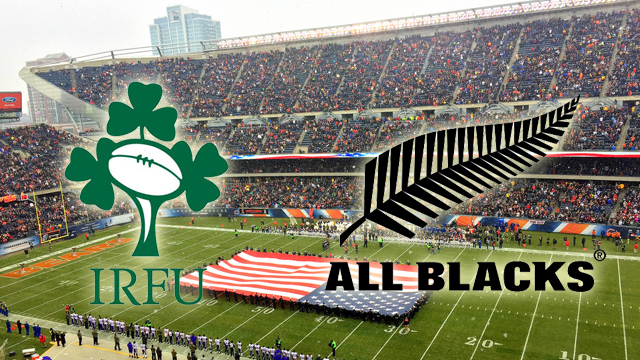Ko Ranginui kei runga
Ko Papatuanuku kei raro
Ko nga tangata kei waenganui
Tihei (wa) Mauri Ora!
E mihi ana ahau (Kei te mihi ahau)
I te Matua nui i te rangi
Nana nei nga mea katoa.
Papatuanuku te whaea
Tena Koe
I te wao nui o Tanemahuta koe e tu ana
Tanemahuta
Kati inaianei
E nga Tangata whenua
Karanga mai, karanga mai, karanga mai
Tena koutou, tena koutou, tena koutou
Tena Koutou i o tatou tini mate
Haere, haere, haere.
Te hunga mate ki te hunga mate
Te hunga ora ki te hunga ora
E te kai karanga
Tena koe, tena koe, tena koe
E te kai karanga
Tena koe, tena koe, tena koe
kua tae mai nei who have arrived
ki te awhi i a matou to help us
i tenei ra.
E tika ana te korero
i o tatou tupuna
Waiho i te toipoto
Kaua i te toiroa
Ko Tainui te waka
Ko Waikato te awa
Ko Taupirir te maunga
Ko Ngati maahanga, Ngati Tamainupo nga hapu.
Ko Waingaro te marae
Ko Nga Tokotoru te wharenui
Ko Dean raua Ko Julia oku matua
Ko Ben ahau
No reira tena koutou, tena kotou tena tatou katoa.







